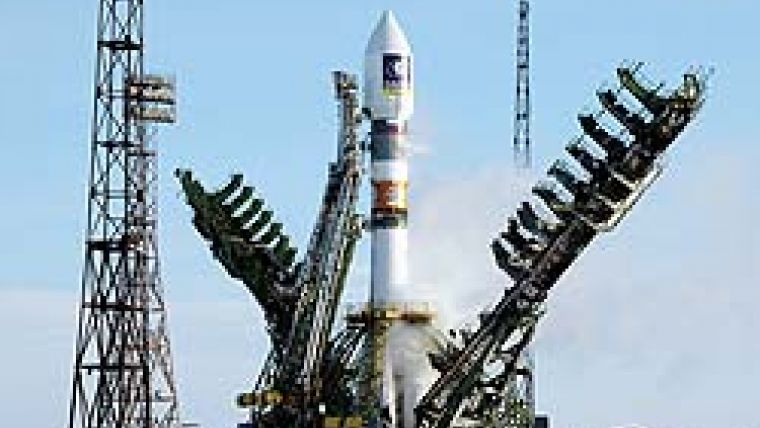Four times GNSS
A Worldwide Race
The Munich Satellite Navigation Summit opened during the first week in March 2009 with a plenary session entitled ‘The Worldwide Race in GNSS’ and closed with a panel discussion on the subject of ‘competition among the Big Four’. Although several speakers did their best to convince attendees that there was no race or competition, it is obvious that four systems serving the same market will be involved in a race for the best technical solutions and engage in fierce competition. If it is indeed a race/competition, let us have a look at the score so far.
GPS
Since 1978 this has been the leading GNSS provider; the acronym ‘GPS’ is often used to describe a GNSS system, Glonass being a GPS system. The GPS programme is currently in the midst of a complete modernisation phase. Thirty-one operational satellites are now in orbit and GPS is in fact still the only fully operational system.
Glonass
This became operational in 1982. Glonass is also undergoing modernisation. During the period 2002-2011 a completely renovated constellation of satellites will come into operation. With the three newest satellites launched last December now in operation, Glonass has twenty satellites in orbit.
Gallileo
Galileo, Europe’s satellite navigation system, is still under development. To reach operational status it will need a constellation of thirty satellites and ground stations spread all around the globe. GIOVE-B, the second experimental satellite, was recently launched and full deployment of Galileo is predicted for 2013.
Beidou
China intends to provide initial regional capability for its Beidou system, to be followed by completion of its full 30-MEO, 5-GEO constellation between 2015 and 2020. The space segment of CNSS will consist of five geostationary satellites in Earth orbit (GEO) and thirty MEO satellites. The second Geo satellite was launched on 15thApril 2009. So if there is a race, GPS is clearly ahead, but perhaps the last word should remain with keynote speaker, Mike Shaw, ‘The race should not be among the GNSS providers and the services they offer. They should focus on the issues of compatibility and interoperability. The race is really in the GNSS equipment and services industry sector.’
Photographed is the launch of Galileo’s Giove-B satellite from Baikonur space centre in Kazakhstan.
E-mail: henk...@reedbusiness.nl

Value staying current with geomatics?
Stay on the map with our expertly curated newsletters.
We provide educational insights, industry updates, and inspiring stories to help you learn, grow, and reach your full potential in your field. Don't miss out - subscribe today and ensure you're always informed, educated, and inspired.
Choose your newsletter(s)
























